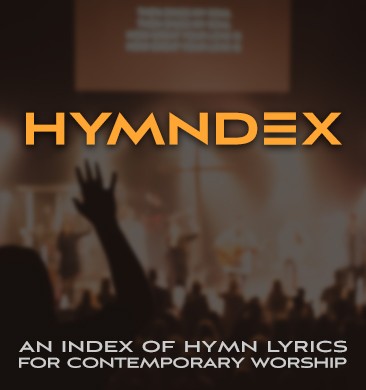That haunting melody. That simple chord progression. That powerful word. The legacy of “Hallelujah” by Leonard Cohen lives on and on. And of course, the Christmas version will undoubtedly be covered countless times in the next couple weeks in churches.
From a CCLI standpoint, Leonard Cohen’s original version of the song is registered with them. The copyright legality of the Christmas version is unclear, since it is unknown if permission was granted for the adaptation of the verses. But the “Hallelujah” verses seem open to interpretation anyway. Leonard Cohen himself apparently wrote as many as 80 draft verses, before reducing them to four for the original. Many verses are mixed-and-matched in the over-300 known cover versions, so who can keep track?
But what about those odd verses? There are numerous Biblical references, however strange. King David. Bathsheba. Samson. Delilah. There are hundreds of interpretations, from the sacred to the carnal. The mish-mash seems fitting, reflecting the messiness of life itself. Still one true chorus emerges – Hallelujah.
The song has an interesting history. Leonard Cohen is a fascinating figure. The song went from a rejected album track to a soulful pop standard played at weddings and funerals alike. Though the label dismissed it as a “disaster,” the song “just jumped out at you,” according to the producer.
Cohen said, “This world is full of conflicts…But there are moments when we can… reconcile and embrace the whole mess, and that’s what I mean by ‘Hallelujah.’” Through countless covers, the song remains messy and tangled.
So is it a worship song? The verses don’t fit the genre. But what happens in one’s heart and soul when singing that chorus? As Jesus said, “Whoever is not against you is for you.” Maybe the answer is simple – just sing it. Breathe it. Let it be a heart cry, as we celebrate Emmanuel. Hallelujah.




